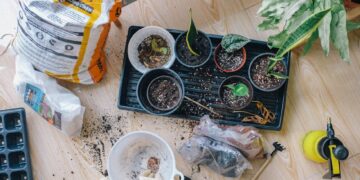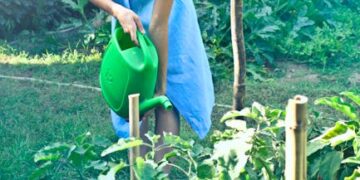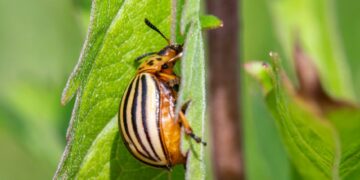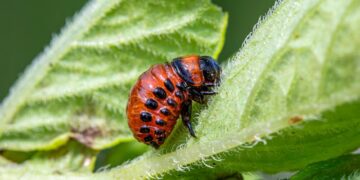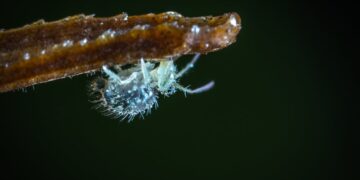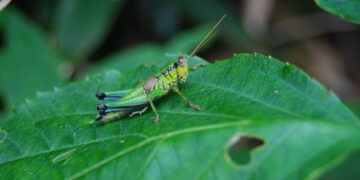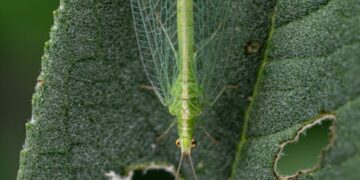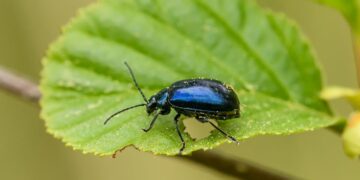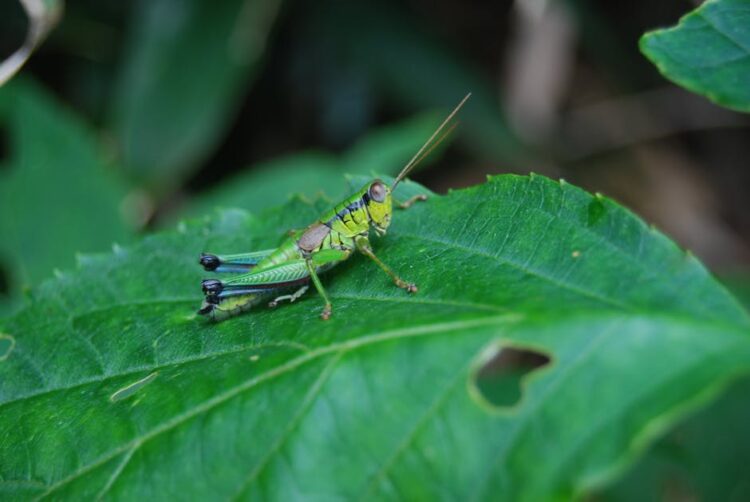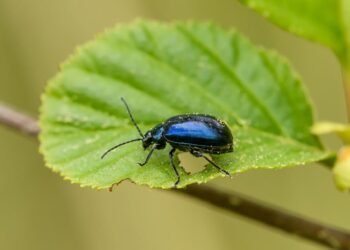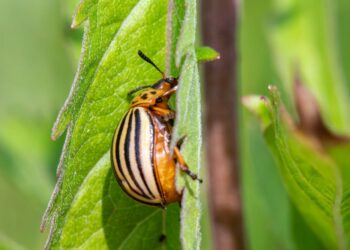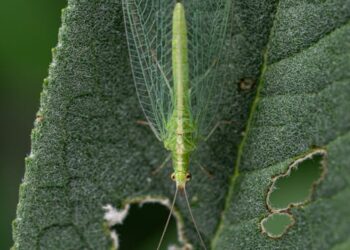Unlocking Effective Garden Pest Management Strategies: A Comprehensive Guide
Creating a flourishing garden is a joyous yet challenging task, largely due to the inevitable encounter with garden pests. These unwelcome visitors can transform a vibrant garden into a scene of devastation overnight. However, the secret to maintaining your garden’s health and beauty lies in effective pest management strategies. In this comprehensive guide, we delve into understanding common pests, preventing their invasion, and controlling their populations using environmentally friendly methods. Embrace these strategies, and you will ensure your garden remains a thriving oasis.
Understanding Common Garden Pests
The first step in effective pest management is identifying who your enemies are. Most pests fall into one of two categories: insects or larger animals. Common insect pests include aphids, beetles, caterpillars, and whiteflies, while larger pests might be rodents, deer, or birds. Each pest poses different challenges and requires specific strategies for control.
Insect Pests
Insects can be particularly sneaky and harmful. Aphids, for instance, suck sap from plants, weakening them and spreading diseases. On the other hand, caterpillars and beetles might chew on leaves, leading to significant foliage loss.
Larger Pests
Larger animals like deer or rabbits can quickly clear out your vegetable patch or flower garden. Rodents not only damage plants but can also burrow, disturbing the root systems.
Preventing Pest Invasions
Prevention is always better than cure. Minimizing the risk of pest invasion conserves both your time and resources. Integrating simple preventive measures can significantly reduce pest-related issues.
Choose the Right Plants
Some plants are naturally more resistant to pests. By choosing these plants for your garden, you reduce the likelihood of pest invasions. For example, marigolds are known to repel pests like nematodes and can be planted around your garden as a natural barrier.
Maintain Garden Hygiene
Keeping your garden clean can considerably lower pest incidents. Remove any dead leaves, debris, and excess weeds. These can be breeding grounds for pests. Regularly check your plants for early signs of infestation and act swiftly to prevent spread.
Use Physical Barriers
Physical barriers can be highly effective. Floating row covers, for example, can protect your plants from a range of insects while allowing light and water to reach the plants. Fencing can help keep out larger animals such as deer or rabbits.
Controlling Existing Pest Populations
Even with preventive measures, pests can find their way into your garden. When this occurs, it’s crucial to control their populations to minimize damage.
Biological Control
Biological control involves using natural predators or parasites of the pests to regulate their population. Ladybugs, for example, are natural predators of aphids. Introducing ladybugs into your garden can help keep the aphid population in check.
Organic Pesticides
When biological control is not feasible, organic pesticides can be a safer choice compared to chemical pesticides. Neem oil and insecticidal soaps target specific pests and are safer for your plants and the environment.
DIY Remedies
Homemade solutions can also be quite effective. A simple soap and water solution can deter many types of insects. Similarly, chili pepper sprays can keep away a variety of pests and are easy to prepare at home.
Tips for Success in Pest Management
Effective garden pest management is not just about combating pests but also about creating a sustainable gardening practice. Here are some final tips to enhance your pest management strategy:
Rotate Your Crops
Rotating your crops annually helps prevent the buildup of pests in the soil. If pests have targeted a specific plant this season, moving that plant to a different location next year can disrupt the life cycle of the pests.
Encourage Beneficial Insects
Create an environment that attracts natural predators of common pests. Planting nectar-rich flowers can attract insects like bees, butterflies, and ladybugs, which also play a role in controlling pest populations.
Monitor Regularly
Regular monitoring of your garden is crucial. Early detection of pests can greatly reduce damage and gives you a better chance of controlling their populations effectively. Implement regular weekly checks of your plant leaves, stems, and soil.
By understanding the types of pests you are dealing with, taking measures to prevent their entry, and efficiently controlling their populations if they invade, your garden can flourish while remaining healthy and vibrant. The keys to success in garden pest management lie in vigilance, preventive maintenance, and the strategic use of sustainable practices that discourage harmful pests while supporting an ecosystem beneficial to your garden. Keep these strategies in mind, and watch as your garden grows in beauty and vitality, season after season.
Happy gardening!

